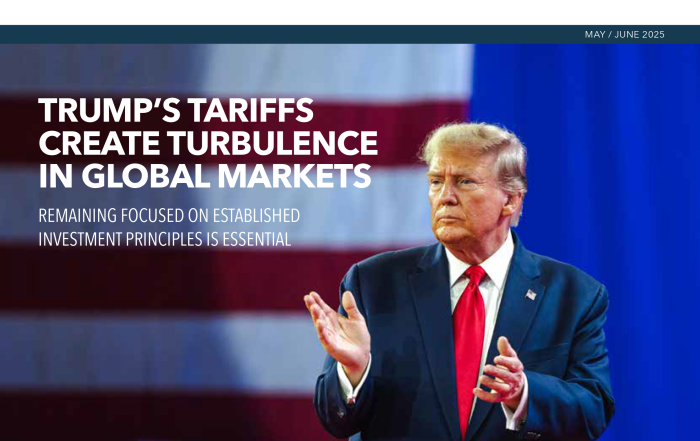In the investing world, the allure of quick profits and instant gratification often tempts some investors to employ a ‘market timing’ strategy. This method involves buying or selling financial instruments based on predictions of future market price movements.
Market timing is an active investment strategy aiming to beat the traditional buyand- hold strategy. It involves moving in and out of the market or switching between asset classes based on predictive methods such as technical indicators or economic data.

ASSET FUNDAMENTALS AND FINANCIAL PLANNING
For instance, if an investor believes that a stock’s price will rise, they may decide to buy it immediately or plan a purchase. Conversely, if they anticipate a decline in the stock’s value, they may sell it immediately or schedule a sale.
While factors like asset fundamentals and financial planning can influence these decisions, the core of market timing revolves around anticipated price changes. The critical objective of market timing is to capitalise on these market predictions and generate profit. However, this strategy’s success hinges on the accuracy of these forecasts.
THE PITFALLS OF MARKET TIMING
The track record of market timing is far from impressive. One of the primary reasons for this is the difficulty in accurately predicting market movements. Many factors influence financial markets, ranging from economic indicators to geopolitical events, making it almost impossible to make accurate predictions consistently.
Moreover, market timing requires investors to make two correct decisions: when to exit the market and when to re-enter. Making a mistake in either of these decisions can lead to significant financial loss.
THE POWER OF POUND COST AVERAGING
In contrast to the high-risk, unpredictable nature of market timing, a less volatile and more straightforward strategy is known as ‘pound cost averaging’. This technique involves investing a fixed amount regularly, regardless of the market conditions.
For instance, if you have a lump sum of £10,000 and choose to invest £1,000 a month over ten months, you would be less affected by short-term volatility. As you gradually put your money in, any share price movement has less effect on the value of your investment.
POTENTIALLY LEADING TO SUBSTANTIAL LONG-TERM GAINS
Moreover, this approach allows you to buy more shares when prices are low and fewer when prices are high, potentially leading to substantial long-term gains.
However, it’s important to note that while pound cost averaging can help mitigate some risks, it does not guarantee profits or protect against losses. Like all investment strategies, it comes with its own set of risks, and the value of your investments can fall and rise.
Contact Us Form
Please complete this form if you wish to send us your questions or if you would like to request a call back.
We look forward to speaking with you.
Recent GWM articles that may be of interest
Planning a wealthy retirement
Secure your future with smart financial choices Whether you’re employed, a partner, or self-employed, you [...]
Navigating market uncertainty
How to build long-term wealth with a tailored strategy Market volatility is an unavoidable aspect [...]
How gut instinct is guiding financial futures
A new report reveals that millions rely on guesswork when planning for retirement Millions of [...]
Helping your elderly parents face their financial needs
Remaining focused on established investment principles is essential Has the time come for ‘the talk’ [...]
Getting your financial plan in order
Setting the course for a secure future As we enter the second half of 2025, [...]
Smart Money July / August 2025
Smart Money July / August 2025 Welcome to the July / August 2025 edition of [...]







